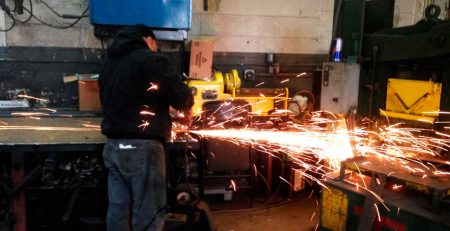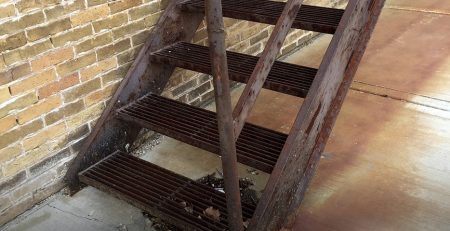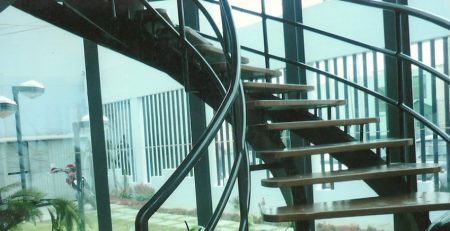Blacksmithing Work: Techniques Guide
Blacksmithing is a very ancient art; there has been a lot of advancement in technology in this field over the years and different types of machines and equipment are now used in the work. Despite this, there has been no major changes in the steps or techniques followed in blacksmith work in Boston.
Here is a quick blacksmithing techniques guide:
The guide
Forging is the commonest blacksmithing technique and if this particular process isn’t used, it can’t be referred to as blacksmithing at all. The basic techniques involved in this are:
- Drawing- This helps make the work wider, longer and thinner. First heat the part of the work that has to be drawn, to the forging heat. From there, the work should be taken quickly to the anvil and struck with the hammer till the spreading metal achieves the desired shape. Once the work loses its heat, put it into the forge again to reheat.
- – Heat the portion to be curved to the forging heat and while holding one end of the work with tongs, twist the other end. Unbending can be done using the reverse motion.
- Upsetting– Principally, this is the exact opposite of drawing; but in this technique the work is made shorter, narrower and thicker.
- Punching– If you want to make a hole in the work, divide it into a fork shape or simply cut –off part of the work; after that, you just have to heat the section that has to be punched, to the forging heat. While punching, use a hole that’s slightly larger than & of the same shape as the required hole (you can use a die/ soft metal /piece of wood)
- Shrinking– This process is somewhat like upsetting, but a different method is used to accomplish. When the work is given compound curves, it develops ripples or waves. A hammer is used to flatten the waves
- Welding- A number of people that do blacksmith work Boston avoid welding and substitute it with some other fastening methods. Arc welding is a popular method which is convenient, efficient and strong.
- Cleaning- A wire brush, file & a grinder is used combination to clean all the mating surfaces. This is because the surfaces must fit together tightly; this allows the slag and flux to be squished out.
Aside from these basic techniques, heating, holding, riveting and hardening and tempering techniques are used in blacksmith work Boston. For questions and enquires on these techniques or our services, you can call Boston Ironworks at 617 657 3117. You can also fill in this contact us form. We’ll get in touch with you as soon as possible.












Leave a Reply